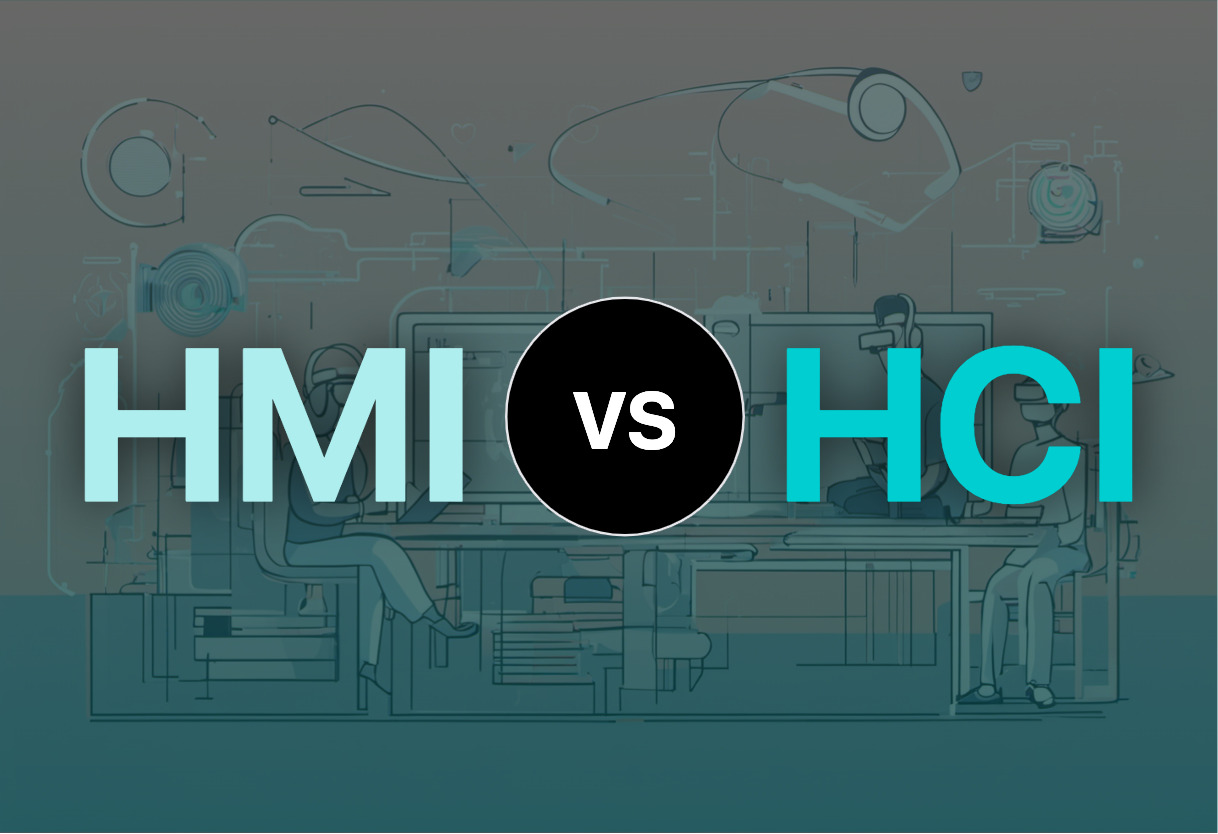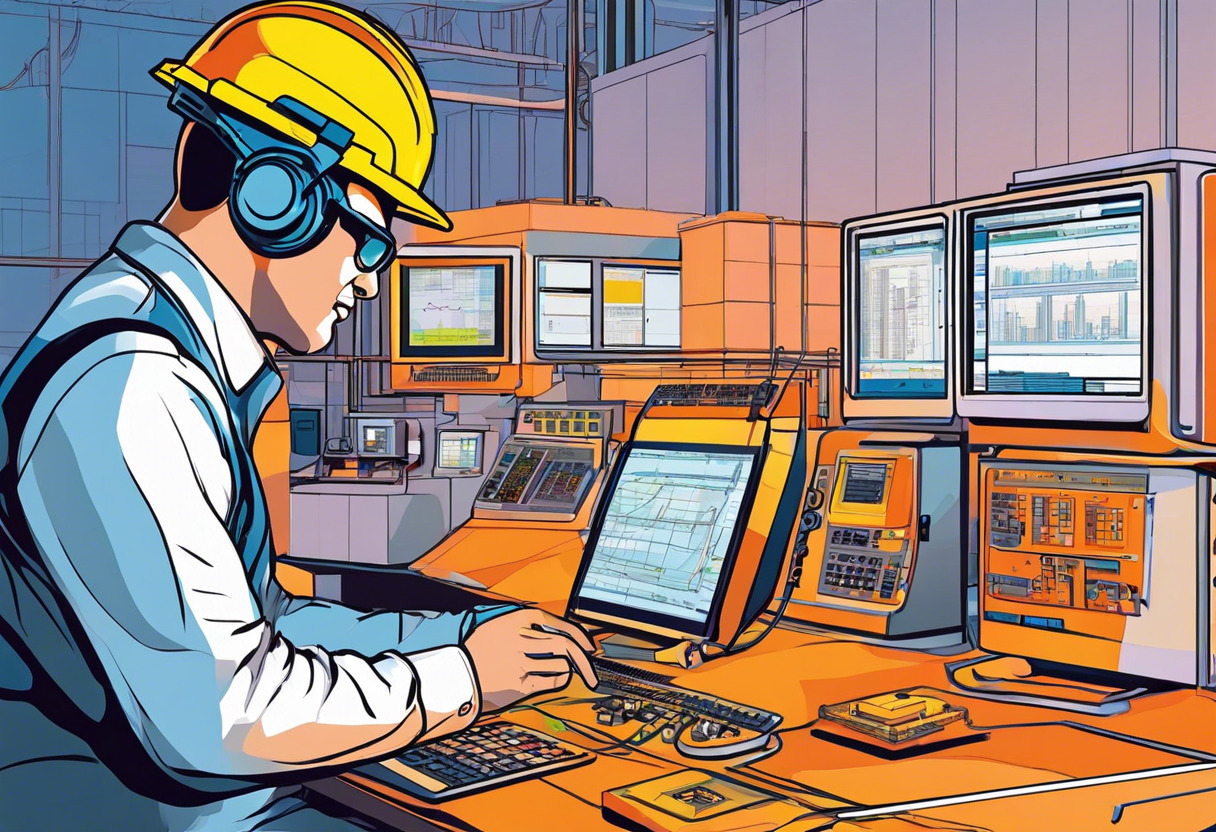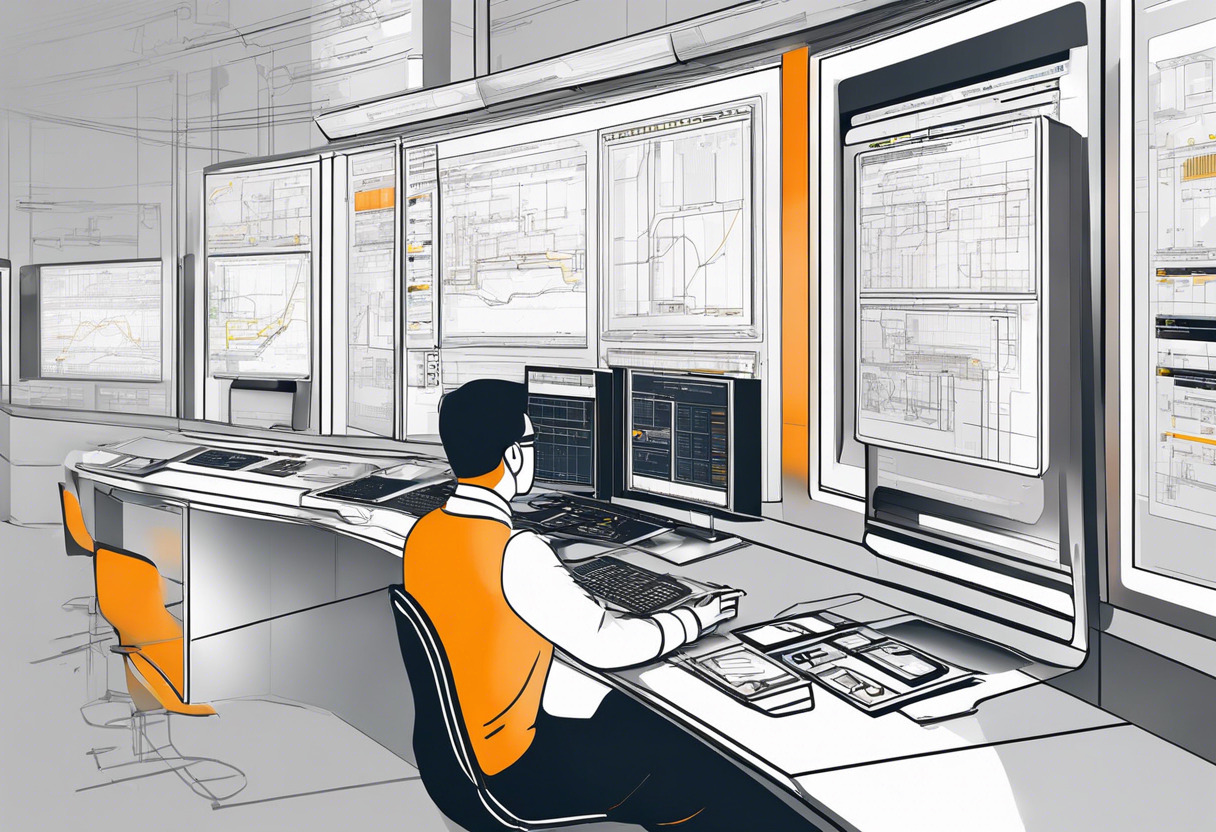When comparing HMI (Human-Machine Interface) and HCI (Hyper-converged Infrastructure), your choice pivots on your project requirements. For industrial processes necessitating real-time data monitoring and control, HMI emerges superior. For managing and optimizing compute, storage, and virtualization in a unified system, opt for HCI.

Key Differences Between HMI and HCI
- Sector Primacy: HMI dominates industrial applications, while HCI excels in IT infrastructure.
- Functionality: HMI focuses on bridging human-machine interactions. HCI merges computing, storage, and virtualization into a seamless entity.
- Interactivity: HMIs typically interface with PLCs and sensors, while HCI primarily interacts with x86 hardware and vCenter.
- Evolution: HMI development pivots on user visualization enhancements. HCI focuses on scalability and software-defined virtualization technologies.
- Deployment: HMI implemented in devices like touch screens and mobiles, HCI can be deployed either as hardware or software.
| Comparison | HMI (Human-Machine Interface) | Hyper-converged Infrastructure (HCI) |
|---|---|---|
| Functionality | Connects a person to a machine or system for monitoring and controlling industrial processes | A software-centric architecture, combines compute, storage, and virtualization resources |
| Allied Technologies | Relies on Graphical User Interface (GUI), PLCs, SCADA | Interacts with x86 hardware, vCenter, NetApp, CloudIQ |
| Evolution | Evolved to include touch screens, mobile devices, AR, VR technologies | Developed from HCI 1.0 (high integration, no interoperability) to HCI 2.0 (disaggregated, separates compute from storage) |
| Usability | Extend to various industries from manufacturing to transportation, power generation, water treatment | find uses in real-time data analytics tasks, active management, container clusters, machine learning and deep learning algorithms, edge computing |
| Deployment | Data from local HMIs is sent to the cloud for remote access and analysis | Can be implemented as hardware or software. HCI via a full replacement, side-by-side, per-application deployment or cloud |
| Benefits | Improves processes through digitizing and centralizing data, provides remote monitoring and data access capability | Offers simplicity, easy deployment, one-vendor support model, and greater agility through software-defined virtualization technologies |
| Drawbacks | Requires change in mindset among employees, and creating culture of continuous improvement for full advantage | Potential issues with power density, vendor lock-in with scalability |
What Is HMI/SCADA and Who’s It For?
HMI/SCADA originates as a paramount user interface in industrial arenas, key to visualizing and controlling operations. The data it displays allows operators, system integrators, and engineers to monitor and manage machinery. With advancements in digitization, the reach of HMI has gripped various industries such as manufacturing, oil and gas, power and transportation.
Modern day HMIs are no longer confined to traditional limits. Utilization of touch screens, virtual reality (VR), and augmented reality (AR) technologies indicate mammoth strides in HMI evolution. The HMI/SCADA software serves as the backbone of industries worldwide, feeding operators with critical data for informed decisions.

Pros of HMI/SCADA
- Boosts efficiency through faster development and alarm resolution
- Secure remote monitoring and data access
- Intelligent control through centralization of machine operations
Cons of HMI/SCADA
- The need for an employee mindset change for maximum benefit
- Relevance of existing industrial plants may taper due to HMI/SCADA
What Is HCI and Who’s It For?
Hyper-converged Infrastructure (HCI) merges compute, storage, and virtualization into a single, software-centric architecture. It addresses the hardship of heterogenous environments. Being integrated on x86 hardware, it opens a unified management console to users, pooling all resources. HCI is versatile, fitting for companies seeking support for container clusters, machine learning and deep learning algorithms and streaming data analytics.
Various HCI implementations include full replacement, side-by-side, and per-application deployment, either as hardware HCI, example Dell’s VxRail and HPE’s SimpliVity, or software HCI, example VMware vSAN, Nutanix, and Microsoft’s Azure Stack. This adaptability makes HCI essential for edge computing and real-time data analytics tasks.

Pros of HCI
- Simplicity and easy deployment with a single vendor support model
- Resiliency through third-party tools
- Fit for cold or hot data analytics tasks
Cons of HCI
- Issues with power density
- Vendor lock-in with scalability
So, HMI or HCI: Which Technological Path Will You Traverse?
The monumental clash between HMI (Human-Machine Interface) and HCI (Hyper-converged Infrastructure), two game-changing constructs in the technical world, brings us to the pivotal juncture – the final verdict!
Industrial Process Managers
For those deeply embedded in the industrial world, the detailed operational monitoring offered by HMI is a boon. From monitoring water tank temperature to tracking production trends, the range of applications is vast. HMI’s increased digitization and data centralizing capacities make it highly pertinent for this audience.

Control System Engineers
Engineers handling sophisticated systems jailbreak into a realm of flexibility with HMI. The perk of interfacing with PLC’s and input/output sensors in conjunction with the remote management offered by mobile HMIs makes this the engineer’s weapon of choice.

Enterprise-Scale Tech Administrators
The HCI emerges dominant in the battlefield of enterprise-scale cloud infrastructure management. With its ability to independently scale compute and storage resources, it suits the needs of combatants managing vast compute and storage landscapes.

Emerging Technology Enthusiasts
Navigators of the next generation of technology such as container clusters and machine-learning algorithms find solace in the scalability and support provided by HCI. Also, HCI being crucial for edge computing evinces its indispensability for this futuristic group.

Data Analysts
Lovers of data analytics who form an integral part of the tech ecosystem find the real-time data analysis capabilities of HCI alluring. The added advantage of bundling compute, storage, and networking resources poses a compelling case for this audience.

In the choice between HMI and HCI, a clear delineation arises. If you operate within an industrial context with a need for sophisticated control or monitoring, HMI is your go-to choice. For those involved with large-scale cloud infrastructure, data analytics, or emerging technologies, HCI reigns supreme.
Hannah Stewart
Content writer @ Aircada, tech enthusiast, metaverse explorer, and coffee addict. Weaving stories in digital realms.





